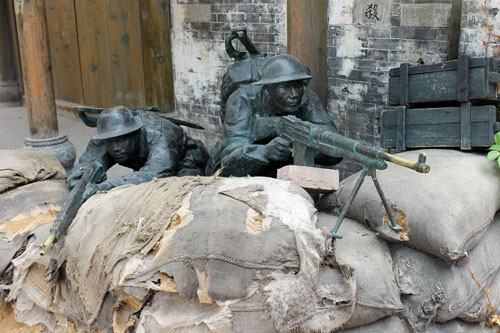
Below are photos and excerpts from an article about the 1938 battle of Taierzhuang, based on a visit to the Chinese city. Written by G. Joekull Gislason, a Sinophile from Iceland, it first appeared on the website www.flamesofwar.com.
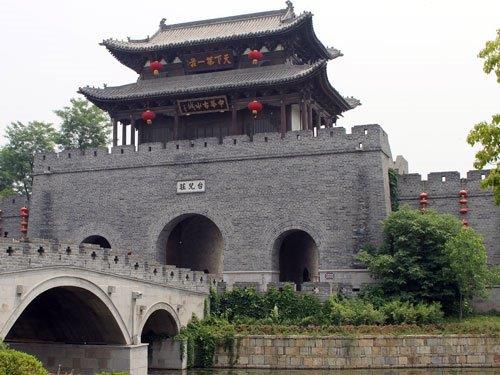
The gates of the old city
The Battle of Taierzhuang is important in the annals of the Second Sino-Japanese War. It was here that the Chinese won their first victory over the Japanese in April 1938. Following the Marco Polo Bridge Incident in July 1937, the conflict had escalated rapidly. Since the Nationalist government was weak in northern China they had attempted to bring the conflict closer to their area of operations and what followed was the Battle of Shanghai.
The Chinese sent in their best trained and equipped soldiers against the Japanese who ironically had been trained by German military advisors led by Hans von Seeckt and later von Falkenhausen even though later Germany would ally with Japan. Eventually the Japanese won the Battle of Shanghai with far superior equipment, naval gunfire and air support. What followed the fall of Shanghai was the Japanese capture of the then Chinese capital Nanking (Nanjing) better known as the Rape of Nanking.
These victories left the Japanese in a difficult position; their powerbase was in north China and now they had captured sizable territories around Shanghai and Nanjing and needed to consolidate their ground. So they started military operations to consolidate their holdings and heavy fighting would ensue around Xuzhou in Shandong province and with the hardest fighting centred in the ancient town of Taierzhuang.
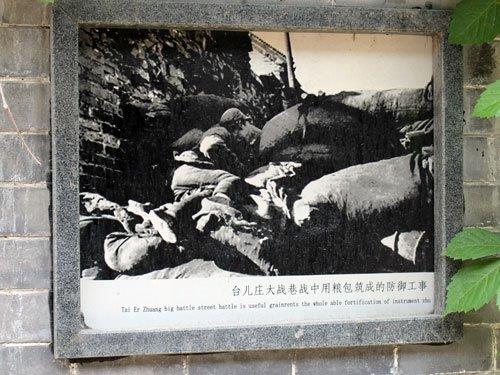
Scattered around the city are pictures showing what the streets looked like during the fighting, along with some life-sized dioramas (see photo at top of article)
Taierzhuang was an old city situated on strategic railroad and canal junctions. Because most of the buildings were made from bricks and had low walls it was ideal for defence. The Japanese were presented with two choices; to assault the city directly or go through mountainous terrain. The Japanese decided to go for the city where the Chinese had been building up their defence for some time. What followed were two weeks of very hard fighting. The Japanese superiority in tanks and advanced weapons was of little use in the close confines of the brick buildings and the battle became a struggle for each building and street. At the same time the Japanese supply lines were being harassed by Chinese forces to their rear.
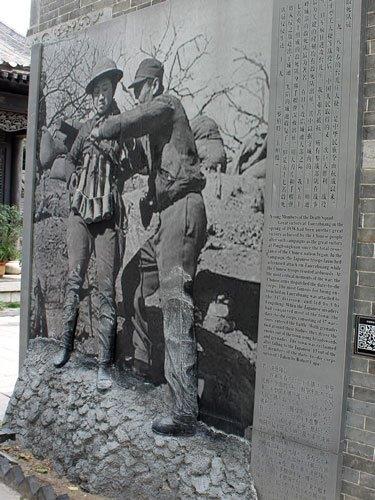
One of the wartime photographers present was Robert Capa. This is one of his iconic images in a 3D reconstruction
The Japanese never managed to surround the city and the Chinese were able to reinforce the garrison and eventually after heavy losses on both sides the Japanese were forced to withdraw. This was the first major victory of the Chinese Nationalist Alliance in the war and it broke the myth of Japanese military invincibility. Since then it has been a landmark victory in the history of the War of Resistance against Japan.
Much of the city was destroyed in the battle but it has been rebuilt in recent years as a tourist city, mostly catering to Chinese tourists so it was a special privilege to walk its streets and imagine the city under wartime conditions over 75 years ago.
Below a number of other photos taken by G. Joekull Gislason during his visit, showing that the battle, 76 years in the past, remains very much part of public memory.
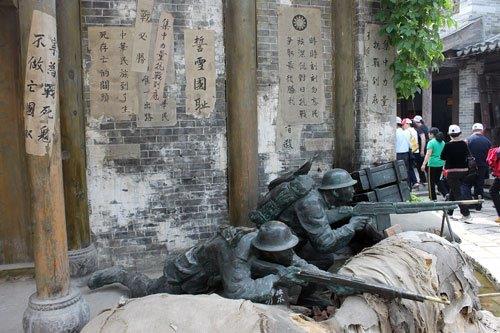
From Moon River Street, where the fighting was at its fiercest, leaving bodies littered all over the streets
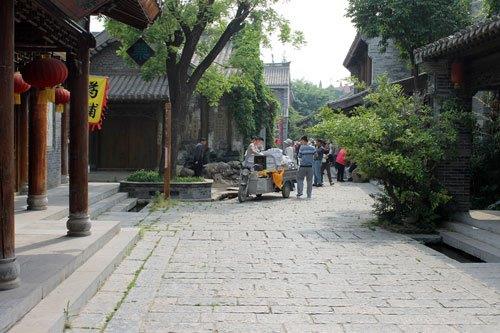
Moon River Street after its reconstruction
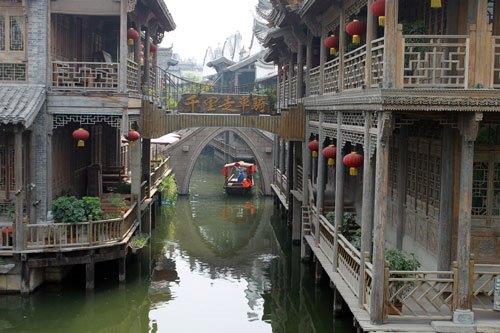
One of the many canals that obstructed the fighting during the battle
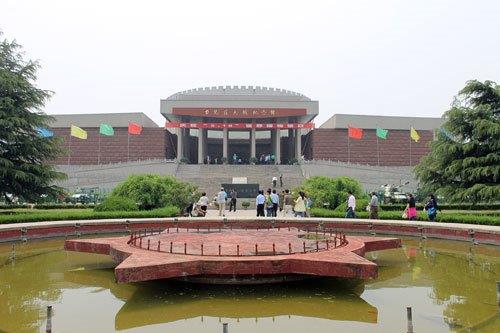
The Battle of Taierzhuang Museum
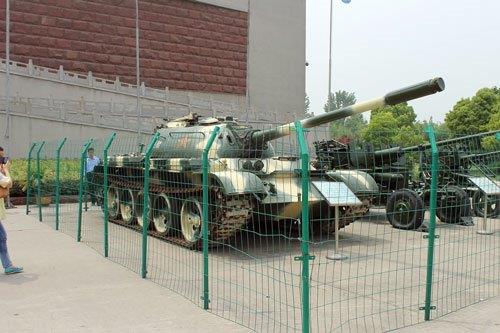
Selection of weaponry from various periods outside the museum
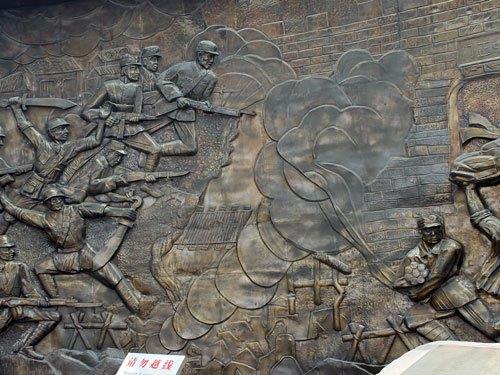
Bronze mural outside the museum
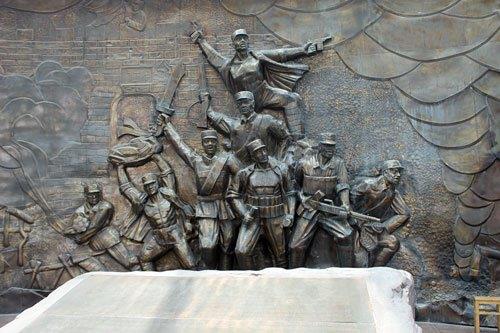
Bronze mural
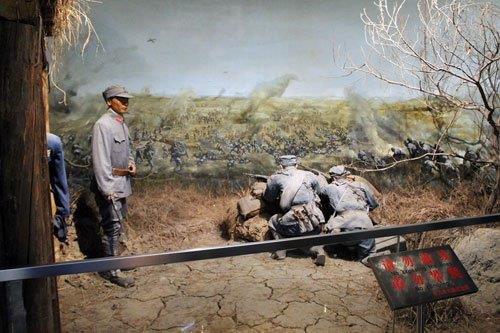
Diorama inside museum
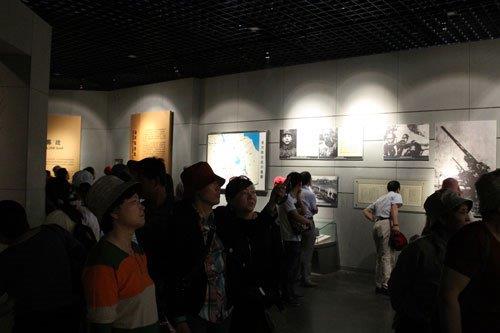
Visitors at museum
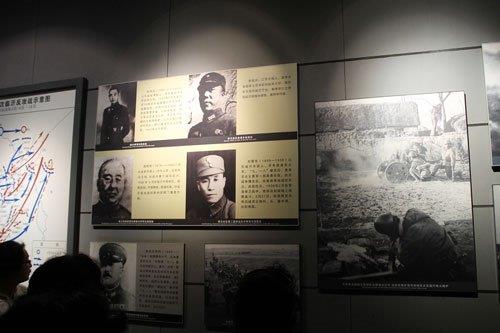
Historical photographs
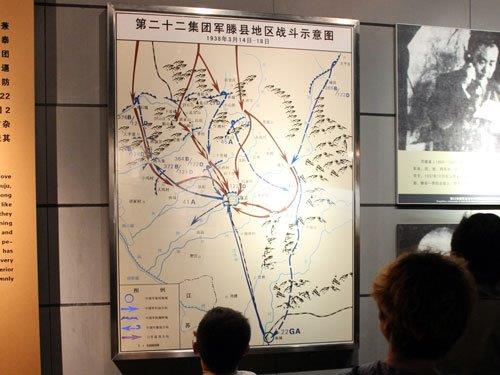
Tactical maps
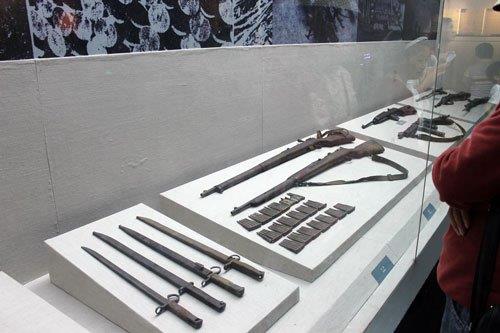
Weapons…
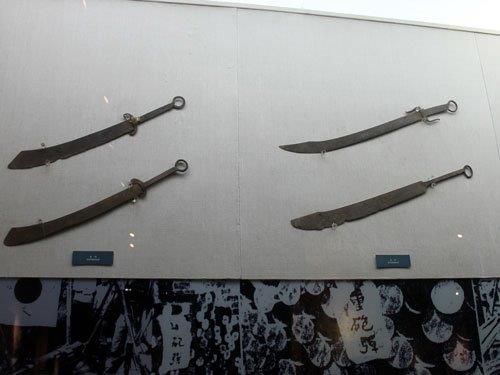
… weapons…
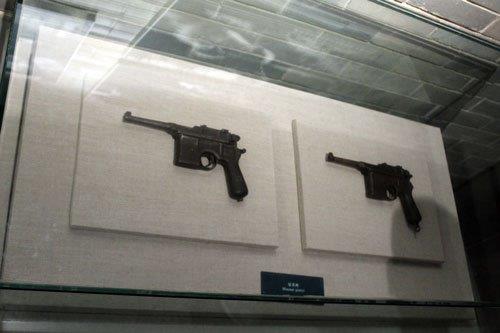
… and more weapons!
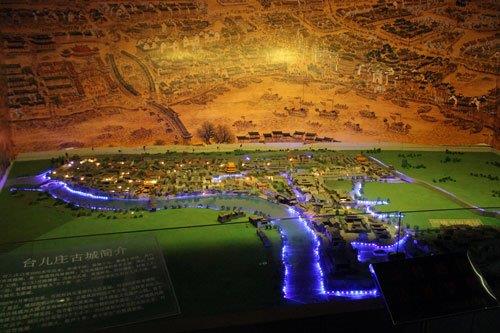
Models of the battleground
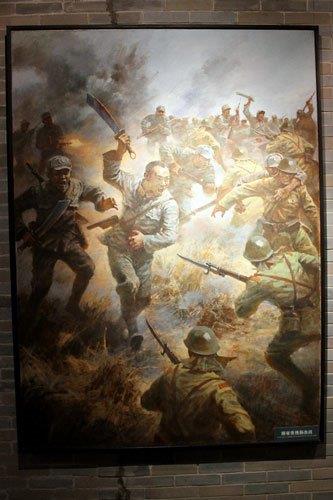
Artist’s view of the battle
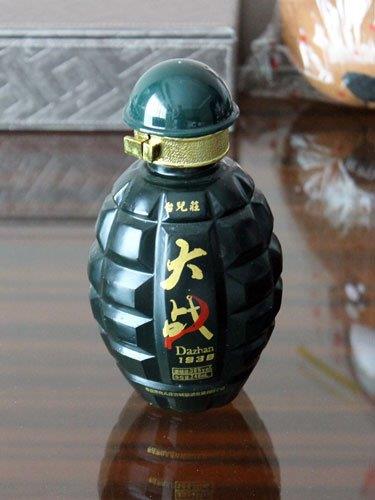
Souvenir: Bottle of strong alcohol